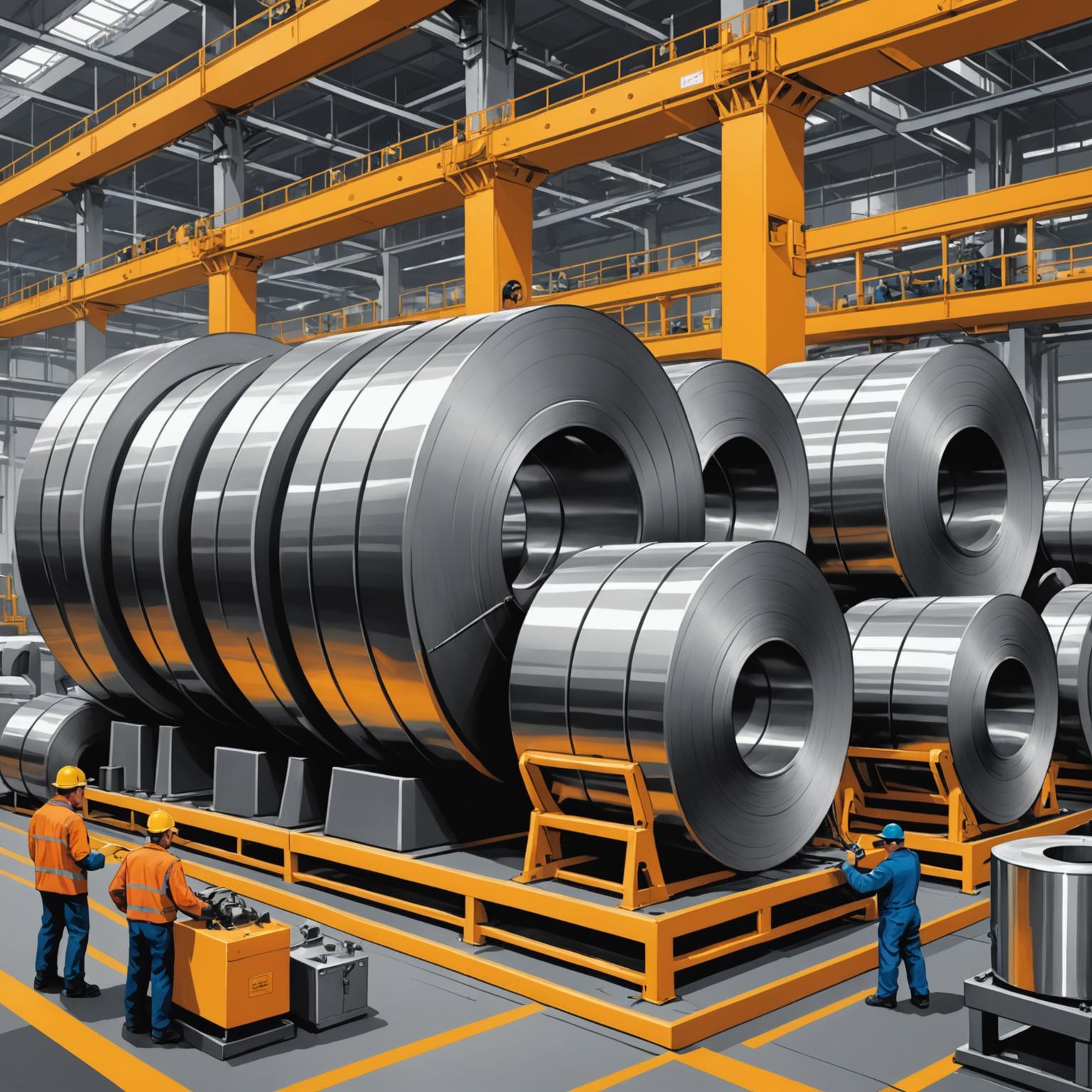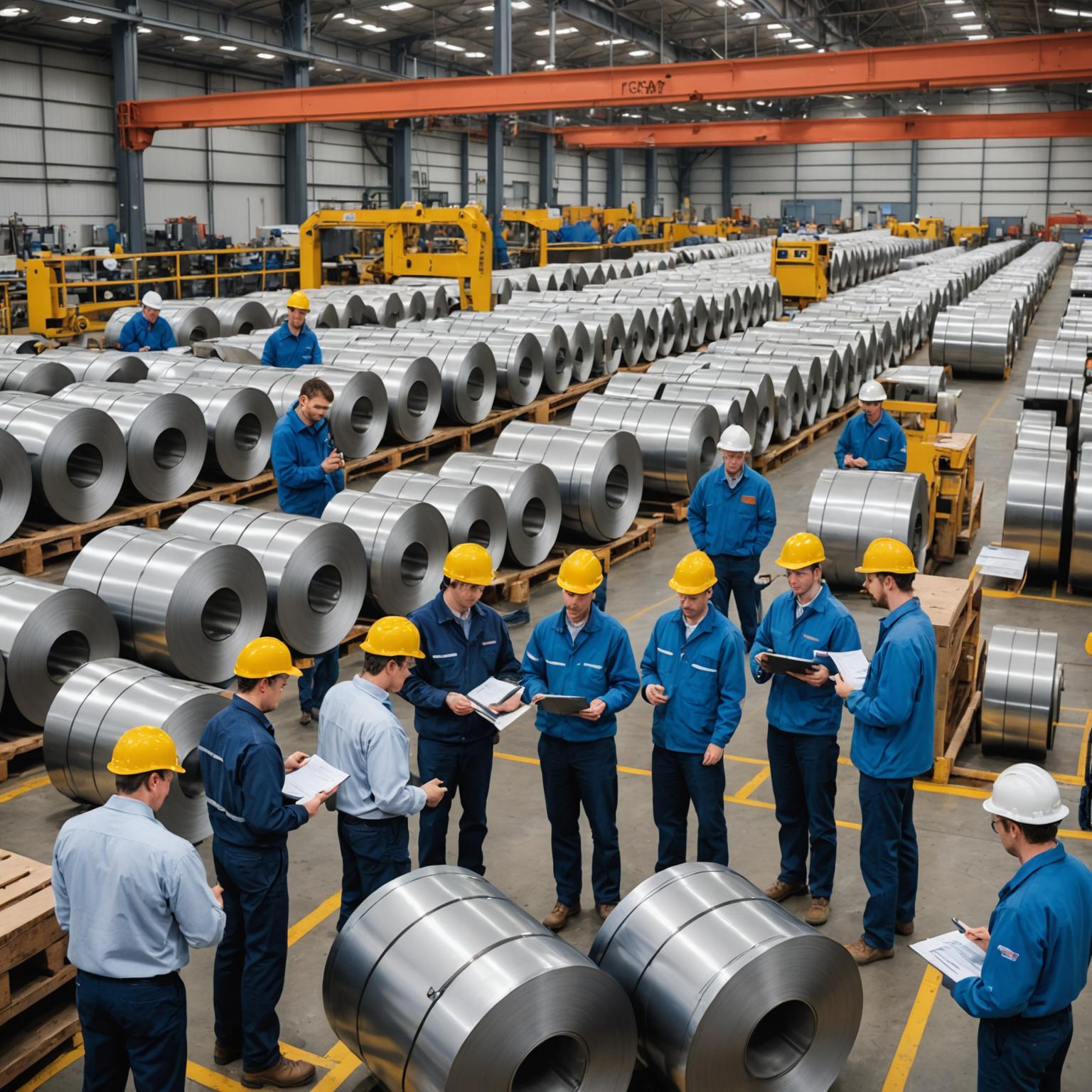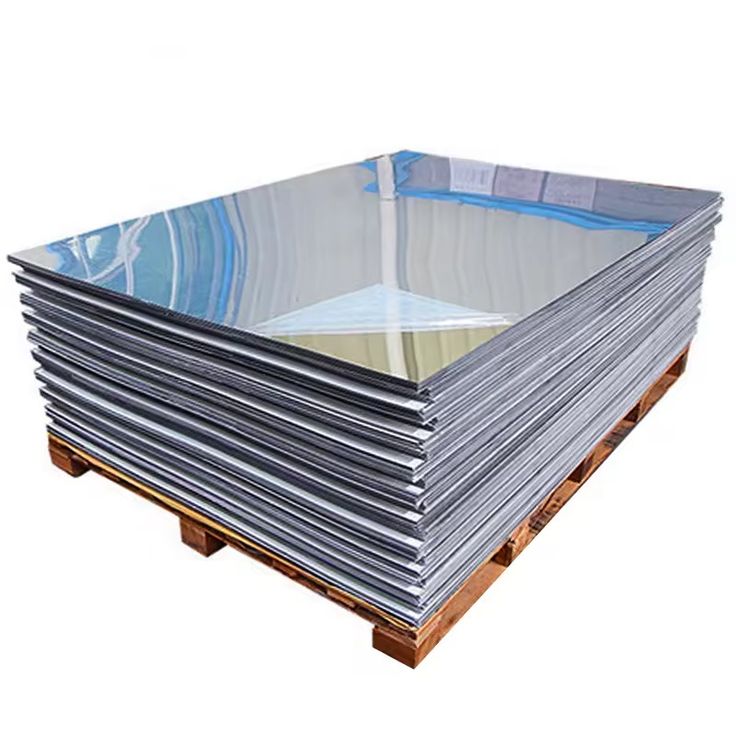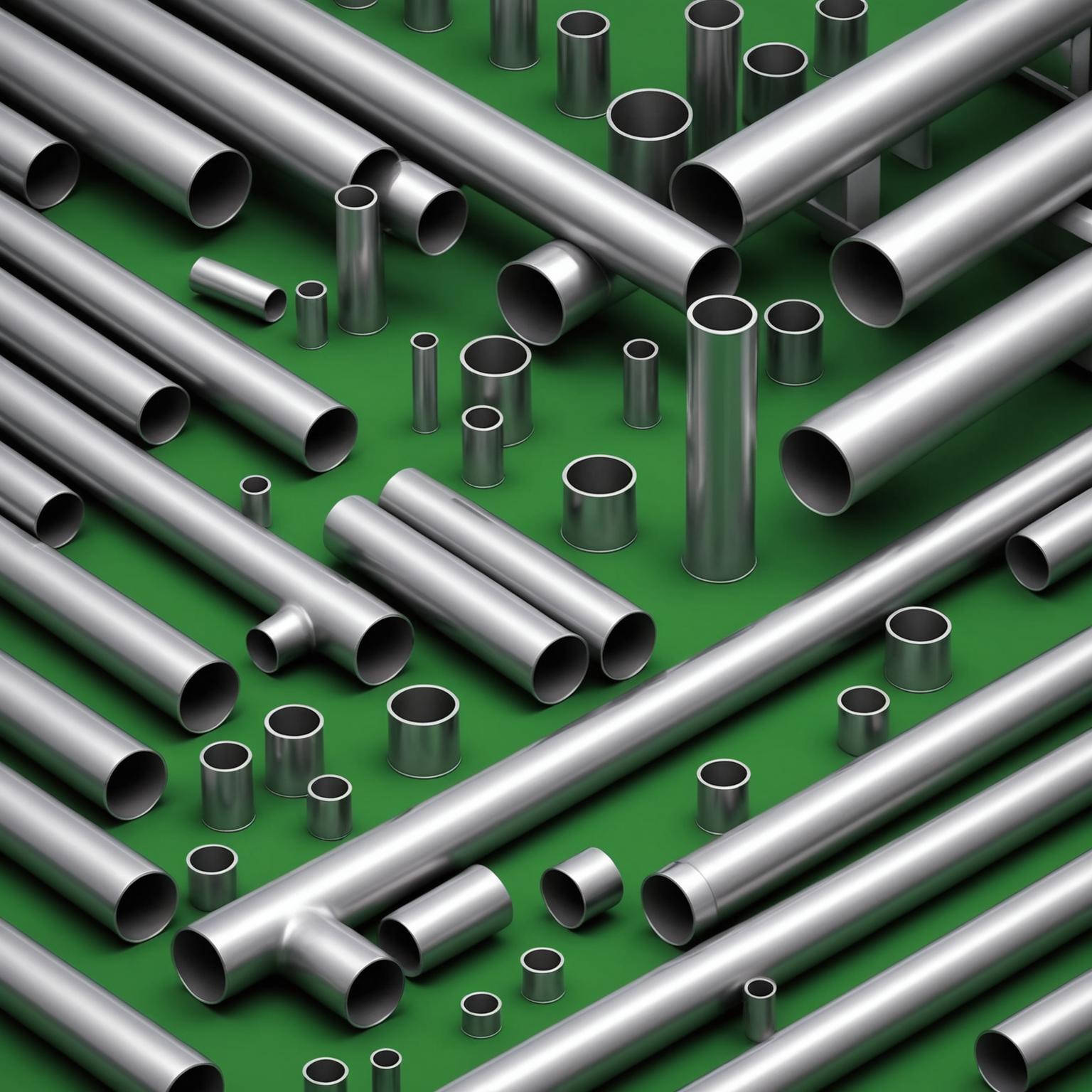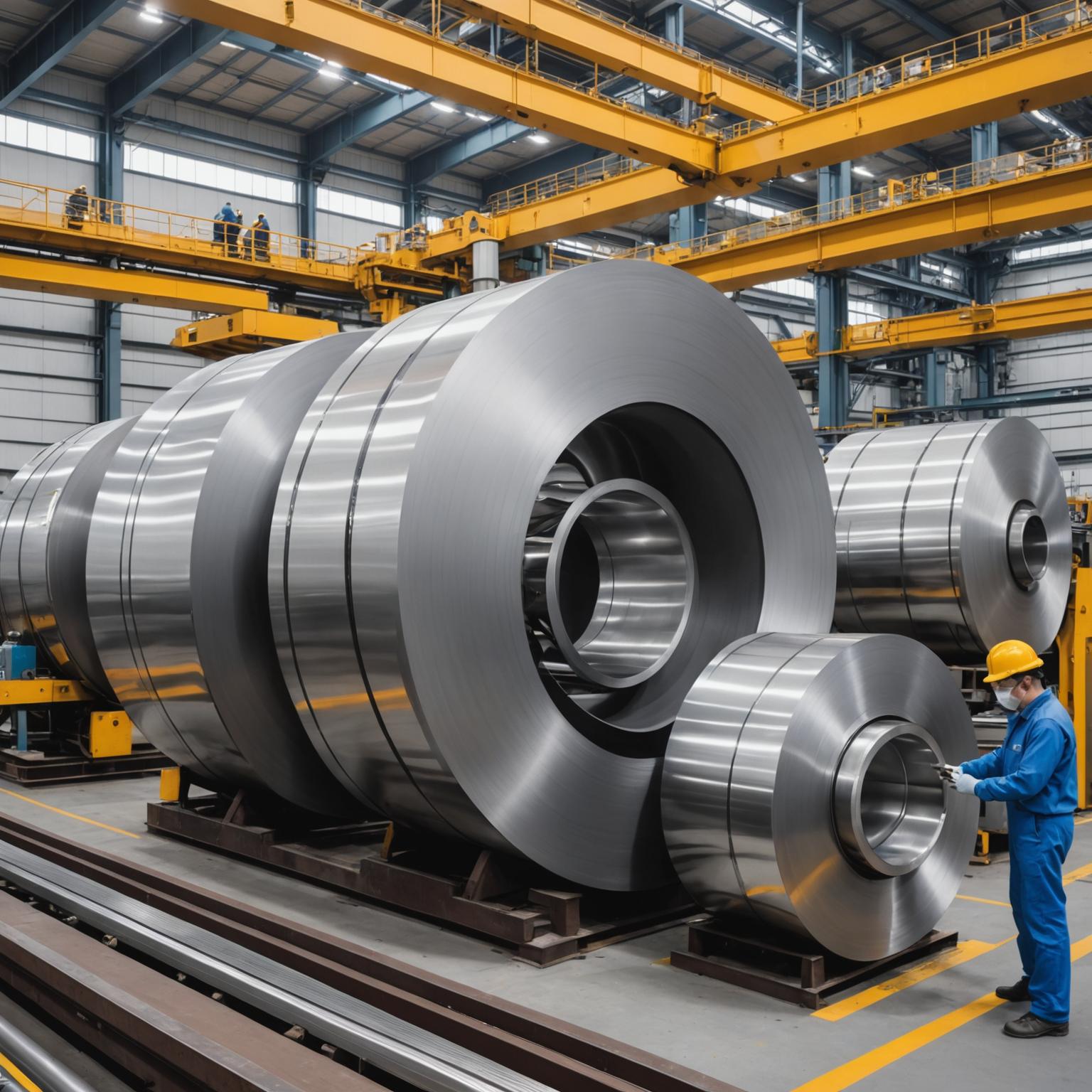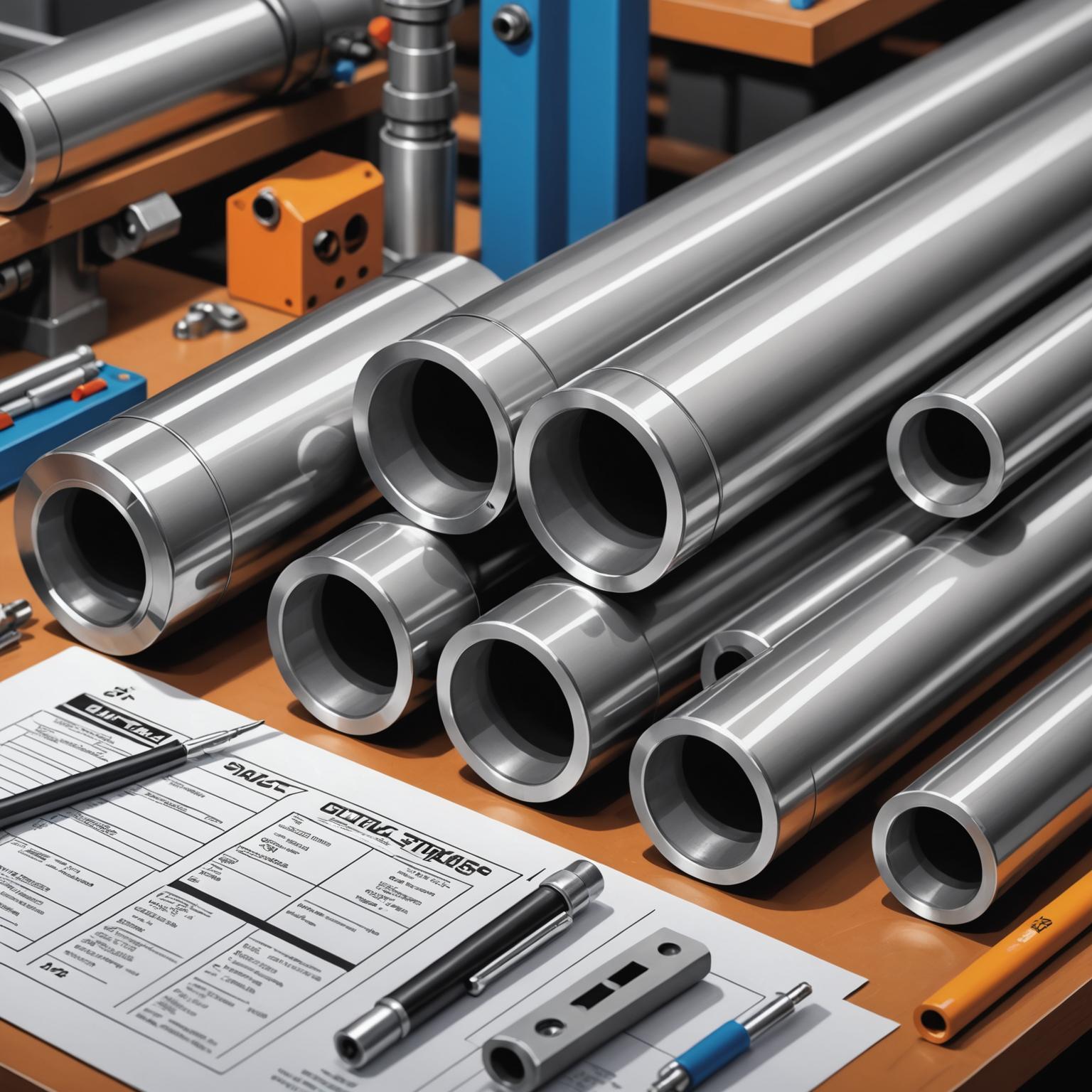In the world of industrial materials, few commodities are as essential and versatile as 304 stainless steel. Its ubiquity in everything from kitchen sinks to complex chemical processing equipment speaks volumes about its reliability. However, for procurement managers, engineers, and manufacturers, understanding the nuances behind the high quality 304 stainless steel coil price is a critical aspect of budgeting and project planning. This price is not a static figure but a dynamic value influenced by a complex interplay of market forces, manufacturing intricacies, and global economics. To truly grasp the cost, one must look beyond the simple dollar amount and appreciate the factors that define its value.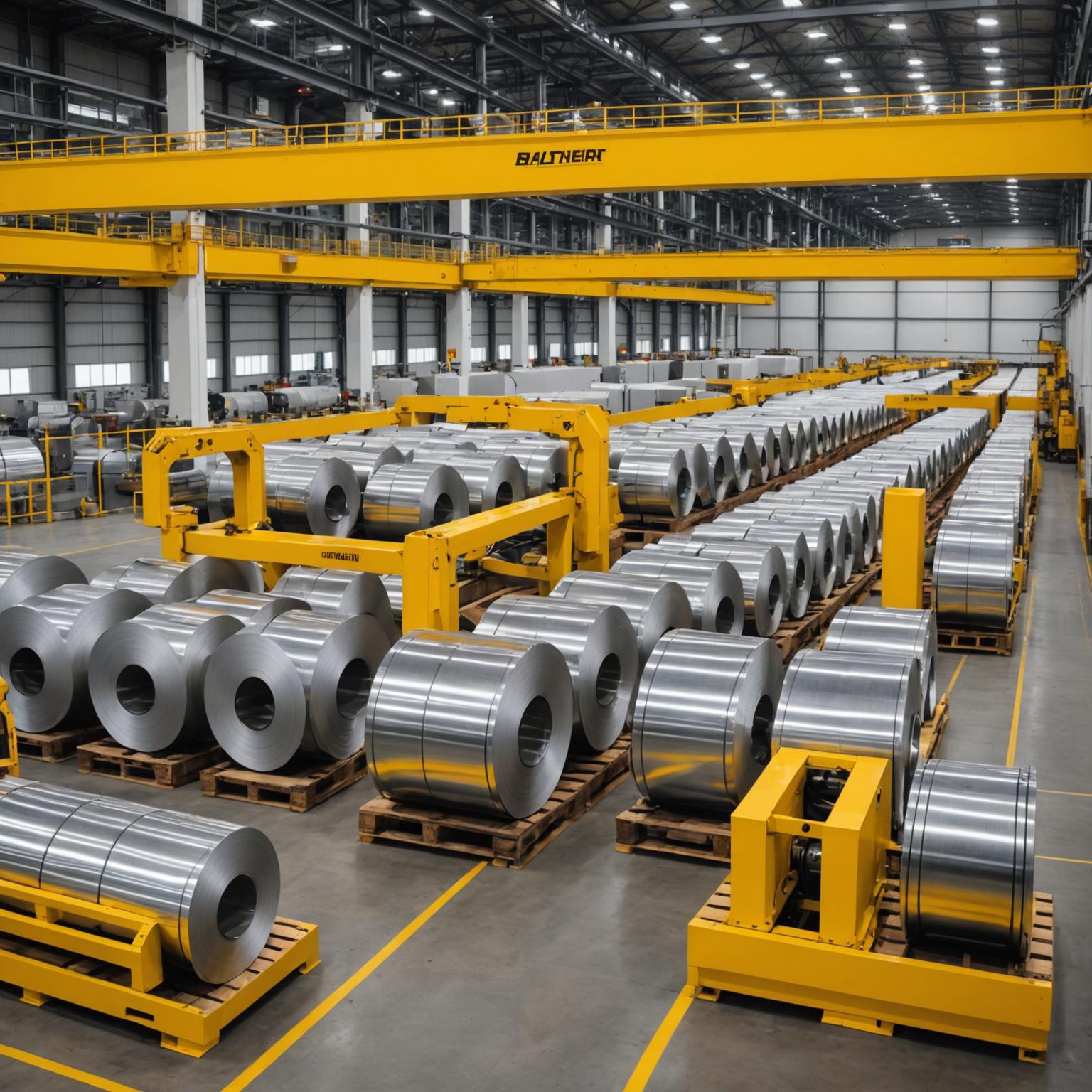
Deconstructing 304 Stainless Steel: The Foundation of Value
At its core, 304 stainless steel is an austenitic alloy celebrated for its impressive composition. It primarily consists of iron, with significant additions of chromium (typically 18%) and nickel (around 8%). This specific blend, particularly the nickel content, is what gives 304 its renowned corrosion resistance, excellent formability, and durability. Unlike lesser grades, 304 stainless steel can withstand a wide range of corrosive environments, making it a safe and long-lasting choice for food and beverage processing, architectural paneling, and medical equipment. The inherent value of these raw materials, especially nickel, which is traded on volatile global markets like the London Metal Exchange (LME), forms the fundamental cost basis. Any fluctuation in nickel or chromium prices is immediately reflected in the cost of producing the steel, creating a direct impact on the final price of the coils.
From Raw Material to Refined Coil: The Manufacturing Journey
The journey from raw alloys to a finished coil is a multi-stage process that significantly contributes to the overall cost. It begins with melting the raw materials in an electric arc furnace, followed by refining to achieve the precise chemical composition. The molten steel is then cast into slabs, which are hot-rolled to reduce their thickness. For a high-quality product, this is just the beginning. The coil then undergoes a cold-rolling process, which further reduces its thickness while improving the surface finish and mechanical properties. This is followed by annealing—a heat treatment process to relieve internal stresses and restore ductility—and pickling or passivation to remove surface scale and enhance corrosion resistance. Each of these steps requires immense energy, sophisticated machinery, and stringent quality control. A superior coil with tight dimensional tolerances, a uniform finish, and consistent mechanical properties costs more to produce because it demands more precision and results in lower yields than a standard-quality product.
The Significance of Surface Finish and Specifications
Not all 304 stainless steel coils are created equal, and much of the differentiation in price comes down to the surface finish and physical specifications. Finishes like the standard dull 2B, the brighter and more reflective Bright Annealed (BA), or the brushed No. 4 finish each require different processing steps. A highly polished or decorative finish demands additional labor and specialized equipment, naturally elevating the price. Furthermore, the coil's dimensions—its thickness (gauge), width, and total weight—are crucial variables. Thinner gauge coils often command a higher price per ton because they require more passes through the cold-rolling mills, consuming more energy and time. Similarly, non-standard widths may lead to higher costs due to lower production efficiency and increased scrap generation. Therefore, when evaluating the high quality 304 stainless steel coil price, the specific requirements of the application play a pivotal role.
Global Economics and Supply Chain Dynamics
The price of stainless steel is intrinsically tied to the health of the global economy. During periods of high industrial activity, demand from major sectors like construction, automotive, and manufacturing soars, putting upward pressure on prices. The supply side is dominated by a few key countries, and any disruptions in their production, whether due to policy changes or unforeseen events, can ripple through the market. Additionally, international trade policies, tariffs, and anti-dumping duties can dramatically alter the cost for importers. A buyer in North America might find that the cost of a coil from Asia is subject to duties that make a domestically produced coil more competitive. Finally, we cannot ignore logistics. The cost of transporting heavy, bulky steel coils across oceans and continents, including fuel surcharges and container availability, is a significant component of the final delivered price, adding another layer of complexity to the equation.
Investing in Quality: Beyond the Initial Price Tag
Ultimately, a discussion about the high quality 304 stainless steel coil price must conclude with a reflection on value. It can be tempting to opt for the lowest possible price, but this often comes at a hidden cost. A lower-priced coil may have inconsistent chemical composition, leading to premature corrosion. It might have variations in thickness that disrupt automated manufacturing processes, leading to increased waste and downtime. In critical applications, a material failure can have catastrophic consequences, making the initial savings insignificant. Investing in a high-quality coil from a reputable supplier ensures consistency, reliability, and peace of mind. It guarantees that the material will perform as expected, providing long-term value that far outweighs a marginal difference in the initial purchase price. In this industry, quality is not an expense; it is the most important investment.



